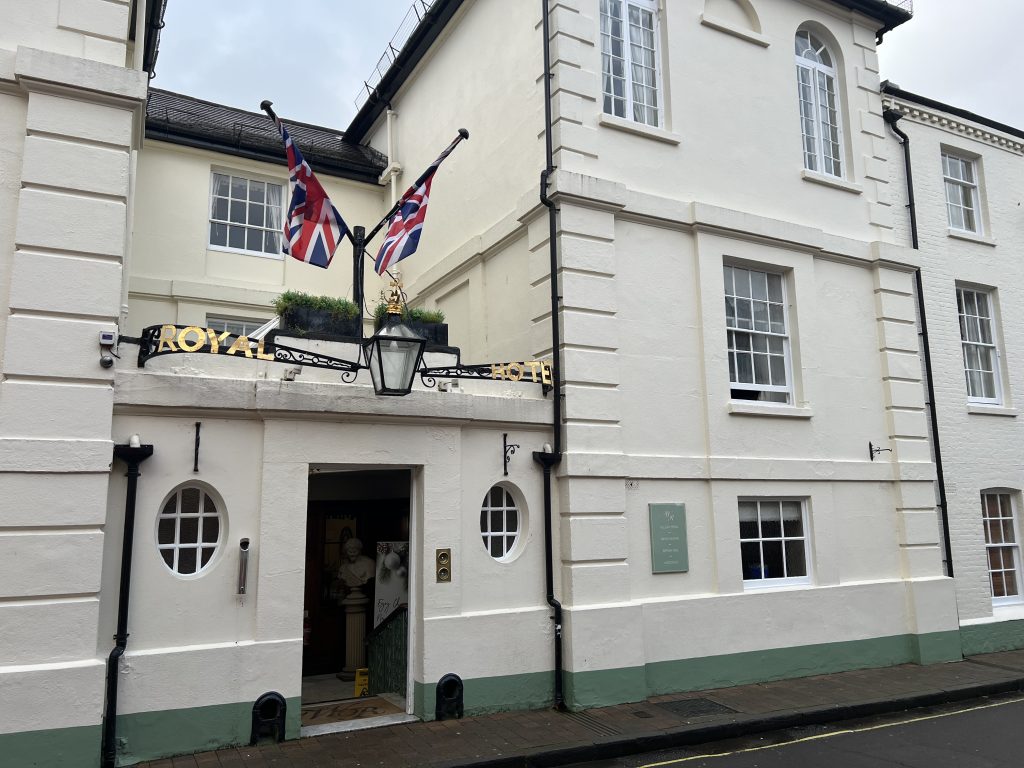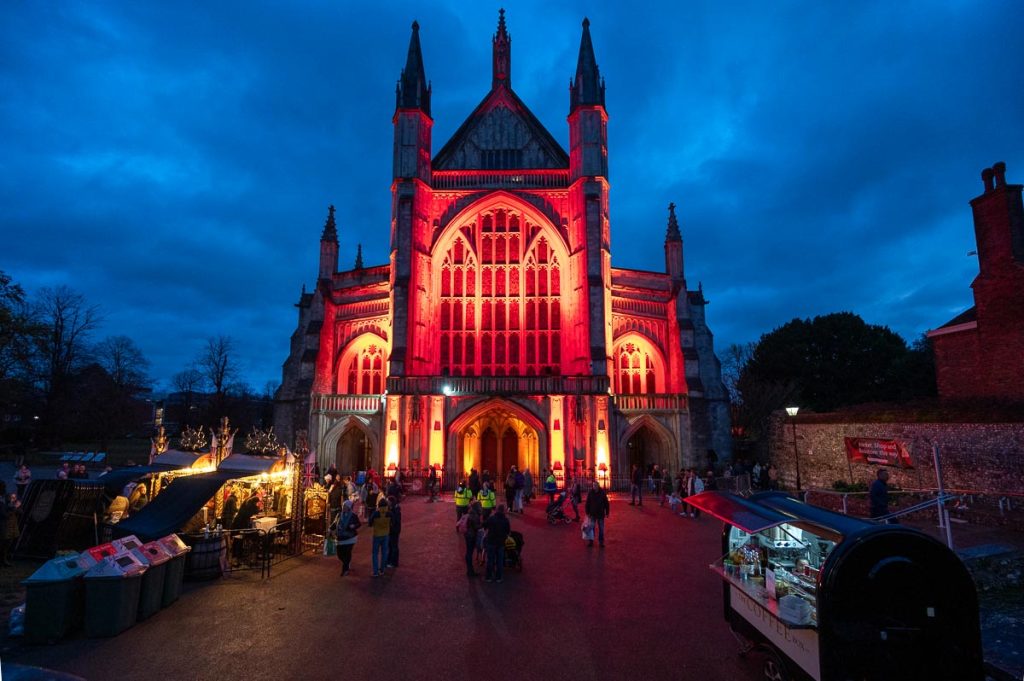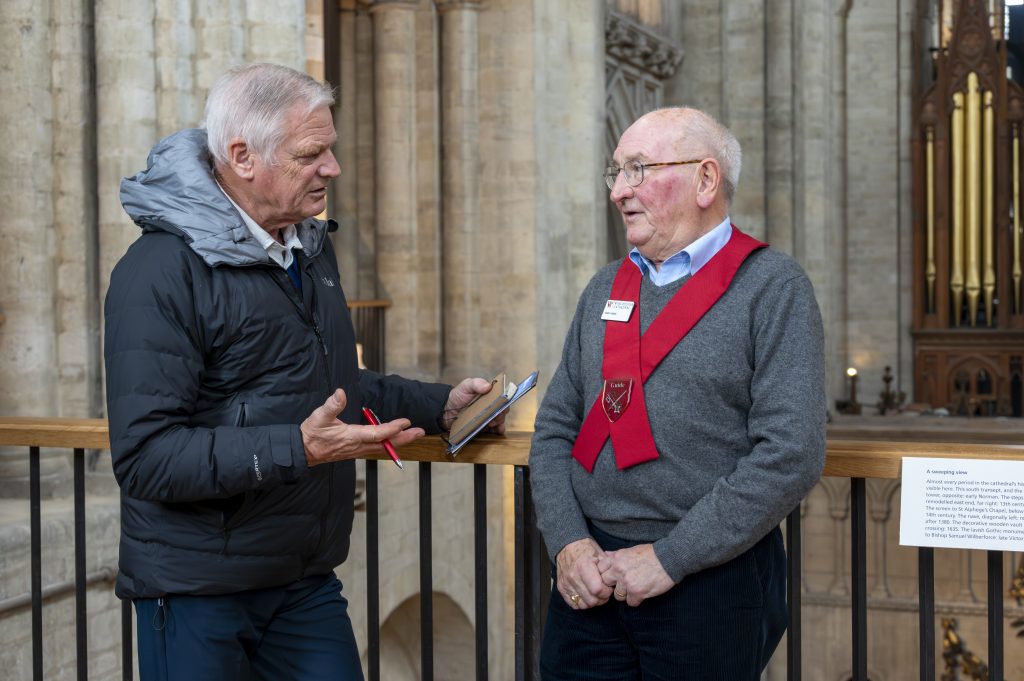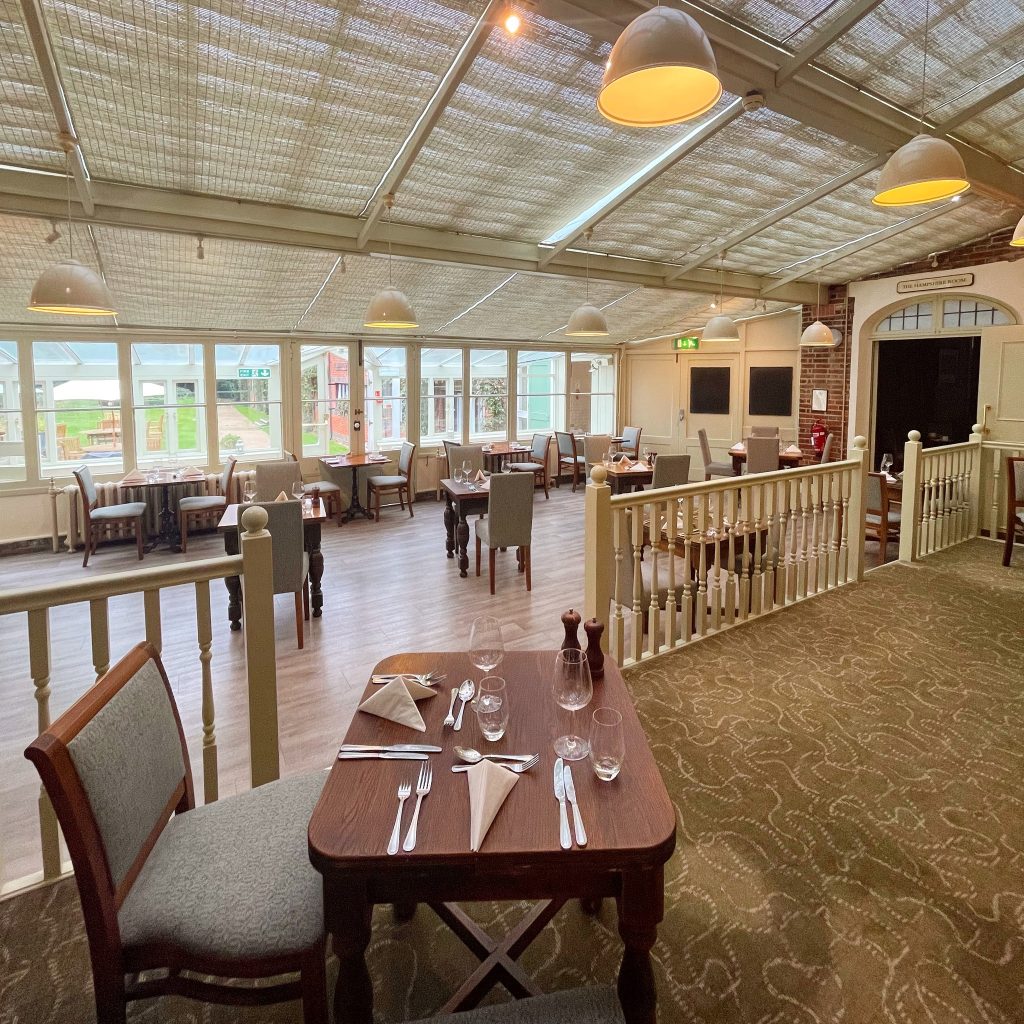
Often referred to as the ‘City of Kings‘, Winchester famously played host to King Alfred. His statue is to be found in the high street, and his influence everywhere else.
During the Saxon times Winchester was the Capital of England. It was chosen to become the capital by King Alfred, and remained a Royal residence for centuries after that.
King Kerwahl built the first Christian Church in the city in 648 A.D.

In 1066 William the Conqueror came to Winchester where he claimed the Crown of England.
Later, Edward the Confessor, was also crowned there.
Getting There
Just one hour from London, Winchester lies surrounded by Hampshire’s countryside on the edge of the South Downs. It is ideally placed for a day out or short break in the South of England.
By road: Winchester is one and half hours away by car from west London. It is conveniently located just off Junctions 9, 10 and 11 of the M3 motorway. The city is also accessible via the A34 from Newbury and Oxford and is just half an hour away from the docks or airport in Southampton.
By rail: just an hour by direct train from London Waterloo. Winchester is also on direct routes from Southampton, Portsmouth, Bournemouth, Weymouth, Birmingham and the north of England.
Staying Overnight
Expect nothing short of a regal stay when you overnight at the Winchester Royal Hotel as we did. With 81 beautifully designed bedrooms, it is home to and award-winning Garden Restaurant. It is set inside a stunning walled garden.

Delightfully decorated with rich colours and bold furnishings the rooms and suites within this 16th-century former bishop’s house offer a pleasing blend of modern and traditional. A hotel since 1857, there are classic nods everywhere to what was once the capital of England. And yet it still manages to capture everything you would expect from a modern hotel.
The hotel is larger than it at first appears. There are 20 rooms in the old house, which include four spacious suites and nine light and airy feature doubles. These feature high ceilings, sash windows, heavy drapes, stylish lamps and soft furnishings in naturals and florals. We stayed in the enormous Milner suite, once used as a chapel. It comes with queen-size four-poster bed, raised lounge area, antique furnishings and bathroom with both a bath and a walk-in shower.
Shopping
Looking for something unique and unusual to buy? Then you’re sure to find something in Winchester’s Independent shops. From gifts for that special someone who is extra hard to buy for and has it all, to a vintage outfit or just a new frying pan Winchester is bustling with local ‘makers’ and independent businesses tucked away down side streets or nestled in the back garden of someone’s home. Experience unrivalled shopping in Winchester the whole year round. Offering a tempting array of big name stores, boutiques and designer stores.
Sightseeing
Wolvesey Castle
The ruins of Wolvesey Castle evoke tales from the Middle Ages. Back then, the medieval Bishops of Winchester were rich and powerful men. They were the relations of and advisers to the Kings of England. Standing a stone’s throw from Winchester Cathedral, Wolvesey, was their main residence throughout those times. Now in the care of English Heritage, the extensive remains date largely from the great 12th century palace built for Bishop Henry of Blois.

He was the brother of King Stephen. Though ruinous now, the buildings still evoke an impression of their former grandeur. The last great occasion here was on 25th July 1554. The East Hall was then transformed with silk and gold hangings for Queen Mary and Philip of Spain’s wedding banquet. Open daily from October to March, entry is free.
Winchester College
Winchester College is a public school with some provision for day pupils, in the city. It was founded by William of Wykeham in 1382 as a feeder school for New College, Oxford. It has been here ever since and is one of the world’s most famous and distinguished schools.

Winchester College
Located in the historic surrounds of England’s medieval capital, the school is fortunate to maintain 11 acres of formal gardens and more than 80 listed buildings. Many of these buildings are of national importance and all are in current use. The school welcomes visitors to its museum, Treasury, on guided tours, throughout the year, including Heritage Open Days.
Winchester Cathedral
In 1079, the construction of the Cathedral began in 1079 and around 5 centuries later it finally looked much as it does now.
But it did not make top of the pops until the year 1966. It was then that the British novelty group, the New Vaudeville Band released the song, Winchester Cathedral composed by Geoff Stephens, which was released by Fontana Records. It reached number 4 in the UK charts that year and held the number one spot in the USA until it was toppled by the Beach Boys and their song, Good Vibrations.

The Cathedral Church of the Holy Trinity, Saint Peter, Saint Paul and Saint Swithun, commonly known as Winchester Cathedral, is among the largest of its kind in Northern Europe. Once the seat of Anglo-Saxon and Norman power, Winchester Cathedral is the resting place of Saxon royalty, bishops and Jane Austen, the much-loved English novelist. Inside are priceless treasures and great works of art, from sculpture by Antony Gormley to the magnificent 12th-century Winchester Bible.
In recent times some of the scenes needed for the final episodes of the Netflix series, The Crown were filmed here and the Cathedral famously doubled up as the Vatican in the adaption of Dan Brown’s mystery thriller The Da Vinci Code starring Tom Hanks.
Best ways to explore
One of the best ways to explore the Cathedral is with a trained Guide. We were fortunate to snag Harry Harris who was able to tell us all about the building of the edifice and its colourful past. Harry is a mine of information and had many wonderful stories to tell. We particularly like his stories about the people associated with the Cathedral, such as William Walker, the diver who saved the Cathedral in the early 1900’s. As part of our tour, we had the opportunity to discover the massive vaults of the Cathedral’s early Norman crypt, the ornate Renaissance chantry chapels, Jane Austen’s grave and the Great West Window.

Had we been feeling adventurous we could have also climbed the Cathedral Tower, and witnessed magnificent views across Winchester and the surrounding county. On that tour we could have seen the ringing chamber, the great Cathedral bells and we could also have walked the full length of the Nave roof with its huge wood beams.
But we did get to see ‘Kings and Scribes: The Birth of a Nation’, a spectacular three-level exhibition in the South Transept which took us on an interactive journey, showcasing some of the nation’s greatest treasures. Highlights of this experience included the Winchester Bible. It is one of the UK’s finest illuminated manuscripts. Another highlight is the 17th-century Morley Library and the story of the Cathedral’s mortuary chests. They are believed to contain the remains of Saxon royalty.
Walking Tour
If you want to get better acquainted with this beautiful city, we suggested you do as we did and employ a qualified Blue Badge Guide.
A variety of different guided tours including pretty riverside walks are offered throughout the year, each lasting approximately 90 minutes.
Eating
We chose to eat dinner at the Garden Restaurant in the Winchester Royal Hotel with its bright conservatory and tranquil views. You do not have to be a hotel resident to enjoy the privilege. The Restaurant is in a relaxed setting and offers an unfussy menu featuring traditional British dining favourites.

